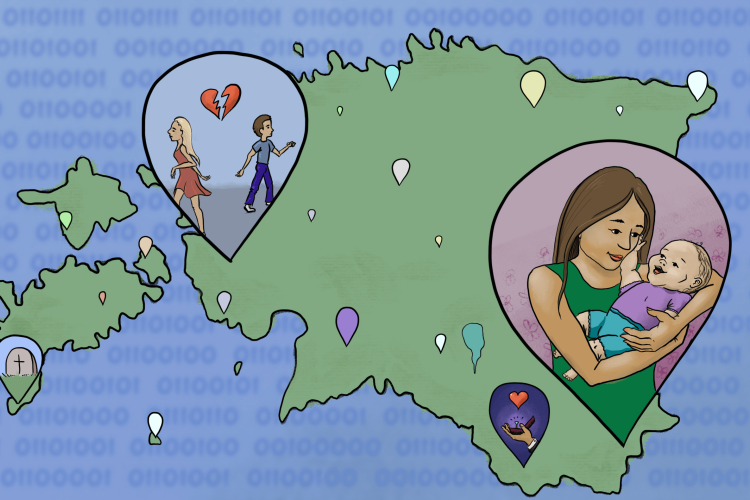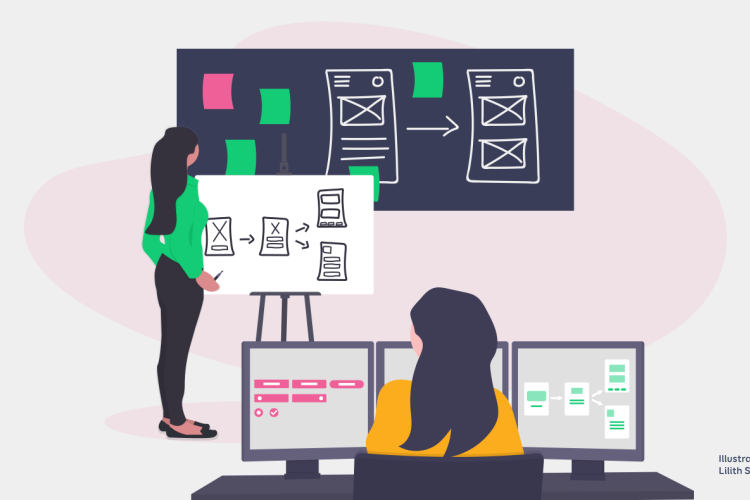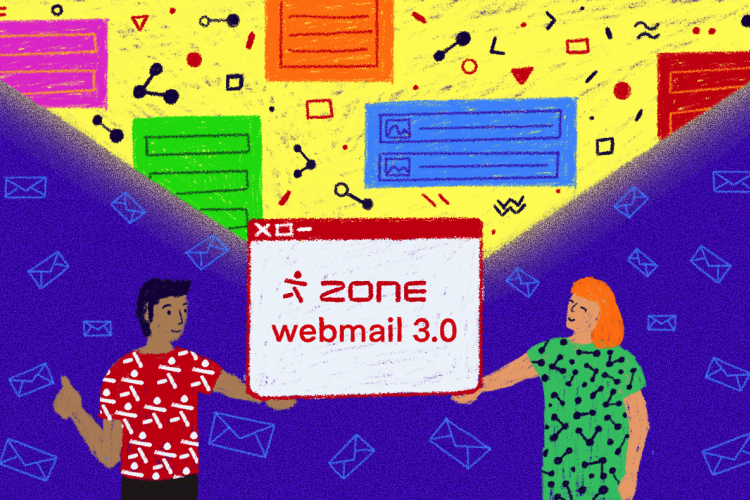5 UX design principles that improve service usability and support business growth
Have you ever travelled to a foreign country and discovered after landing that none of the signs are in a language you understand? There are no clear indications of where to go. You are tired from the flight, looking for a train or bus stop, but even buying a ticket feels more complicated than planning the holiday itself. Good UX (user experience) is the opposite: simple, smooth, and accessible to everyone. In this article, we outline five UX principles.






